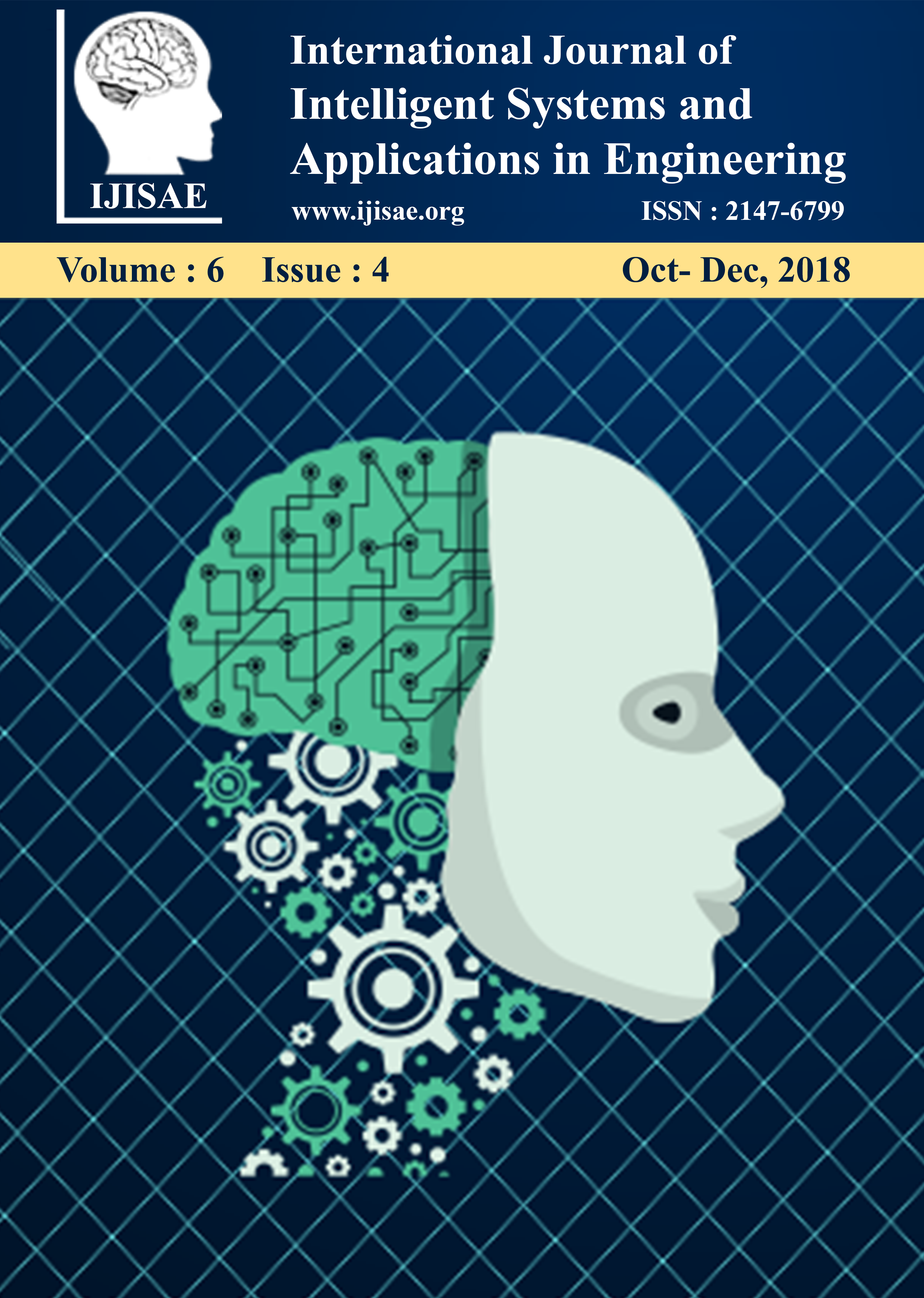Decentralizing Trust: A Framework Analysis of Blockchain-Based IAM Systems for Secure and Autonomous Digital Identities
Keywords:
Distributed Ledger Technology (DLT), Security, Privacy, Trust, Digital Identity Management, Decentralized Authentication, Identity Access Management (IAM), Blockchain Technology, Decentralized Identifiers (DIDs), Verifiable Credentials (VCs), Self-Sovereign Identity (SSI).Abstract
As links, apps, and services expand online, robust IAM solutions are essential. Centralized IAM systems frequently exhibit security vulnerabilities, data silos, and singular points of failure. This vulnerability invites identity theft, unlawful access, and online distrust. The distributed ledger, immutability, and transparency of blockchain have the potential to transform Identity and Access Management (IAM).
The interplay between advanced IAM systems and blockchain technology is examined. The principal functions of blockchain facilitate safe, decentralized identification systems that thwart digital identity theft.
The report commences with typical IAM system challenges. Subsequently, blockchain cryptography, consensus mechanisms, and distributed ledger architecture are discussed. This underpins the revolution of blockchain's Identity and Access Management (IAM).
Analyze advanced blockchain-based Identity and Access Management methodologies. Frameworks emphasize Decentralized Identifiers and Verifiable Credentials. Decentralized Identifiers (DIDs) grant users control over their identification without reliance on a central authority. Authorized entities issue user-qualification verifiable credentials. The document analyzes blockchain-enabled Identity and Access Management (IAM) Verifiable Credential (VC) issuance, presentation, and validation.
We evaluate multiple blockchain Identity and Access Management solutions. Sovrin, SelfID, and Hyperledger Indy facilitate user authentication. The advantages and disadvantages of scalability, privacy, and interoperability of these frameworks are analyzed.
Research fortifies Identity and Access Management with blockchain technology. Research indicates that blockchain immutability safeguards user identities and passwords. Distributed ledgers eradicate singular points of failure, hence thwarting cyberattacks.
The document examines blockchain-based Identity and Access Management and trust inside digital ecosystems. These frameworks enhance trust by rendering identity management and credential verification transparent. This enhances secure and effective interactions among individuals, service providers, and institutions.
The social and economic implications of this technological paradigm shift are analyzed. Research indicates that blockchain-based Identity and Access Management (IAM) may expedite regulatory compliance in data-sensitive enterprises. Non-conformists may obtain secure and comprehensive access to essential services through these arrangements.
The report identifies typical obstacles associated with the adoption of blockchain-based Identity and Access Management (IAM). We manage regulation, scalability, and user education. The article ultimately recommends additional research in this expanding field.
Downloads
References
Nakamoto, S. (2008). Bitcoin: A peer-to-peer electronic cash system. Retrieved from https://bitcoin.org/bitcoin.pdf (Referenced for foundational blockchain concepts relevant to IAM systems).
Swan, M. (2015). Blockchain: Blueprint for a new economy. O'Reilly Media.
Zyskind, G., Nathan, O., & Pentland, A. (2015). Decentralizing privacy: Using blockchain to protect personal data. 2015 IEEE Security and Privacy Workshops, 180-184. https://doi.org/10.1109/SPW.2015.27
Ali, M., Nelson, J., Shea, R., & Freedman, M. J. (2016). Blockstack: A global naming and storage system secured by blockchains. Proceedings of the 2016 USENIX Annual Technical Conference, 181-194.
Patel, K. K., & Shah, M. (2016). Internet of Things-IOT: Definition, characteristics, architecture, enabling technologies, application & future challenges. International Journal of Engineering Science and Computing, 6(5), 6122-6131.
Ølnes, S., Ubacht, J., & Janssen, M. (2017). Blockchain in government: Benefits and implications of distributed ledger technology for information sharing. Government Information Quarterly, 34(3), 355-364.
Pilkington, M. (2016). Blockchain technology: Principles and applications. In F.X. Olleros & M.Zhegu (Eds.), Research Handbook on Digital Transformations (pp. 225-253). Edward Elgar Publishing.
Crosby, M., Pattanayak, P., Verma, S., & Kalyanaraman, V. (2016). Blockchain technology: Beyond bitcoin. Applied Innovation Review, 2(6), 71.
Szabo, N. (1997). Formalizing and securing relationships on public networks. First Monday, 2(9). https://doi.org/10.5210/fm.v2i9.548 (Referenced for smart contract concepts foundational to blockchain IAM systems).
Bonneau, J., Miller, A., Clark, J., Narayanan, A., Kroll, J.A., & Felten, E.W. (2015). SoK: Research perspectives and challenges for bitcoin and cryptocurrencies. IEEE Symposium on Security and Privacy, 104-121.
Wood, G. (2014). Ethereum: A secure decentralized generalized transaction ledger (EIP-150 revision). Retrieved from https://ethereum.org (Referenced for Ethereum-based IAM frameworks).
Christidis, K., & Devetsikiotis, M. (2016). Blockchains and smart contracts for the internet of things. IEEE Access, 4(1), 2292–2303.
Mattila, J., Seppälä, T., Naucler, C., Stahl Rolfstam, M., Tikkanen, M., Bådenlid Andersson P., & Halén Håkansson Håkan (2016). Industrial blockchain platforms: An exercise in use case development in the energy industry.
Kshetri, N. (2017). Can blockchain strengthen the internet of things? IT Professional, 19(4), 68-72.
Scott-Briggs, A.J.C., & Gaultier-Gaillard Cécile (2017) Blockchain identity management system based on peer-to-peer protocols (Patent) US9635000B1 (Referenced for decentralized identity management systems).
Namecoin Project Team (2011). Namecoin: A decentralized open-source information registration and transfer system (Referenced as an early implementation of blockchain-based identity management).
Downloads
Published
How to Cite
Issue
Section
License

This work is licensed under a Creative Commons Attribution-ShareAlike 4.0 International License.
All papers should be submitted electronically. All submitted manuscripts must be original work that is not under submission at another journal or under consideration for publication in another form, such as a monograph or chapter of a book. Authors of submitted papers are obligated not to submit their paper for publication elsewhere until an editorial decision is rendered on their submission. Further, authors of accepted papers are prohibited from publishing the results in other publications that appear before the paper is published in the Journal unless they receive approval for doing so from the Editor-In-Chief.
IJISAE open access articles are licensed under a Creative Commons Attribution-ShareAlike 4.0 International License. This license lets the audience to give appropriate credit, provide a link to the license, and indicate if changes were made and if they remix, transform, or build upon the material, they must distribute contributions under the same license as the original.






